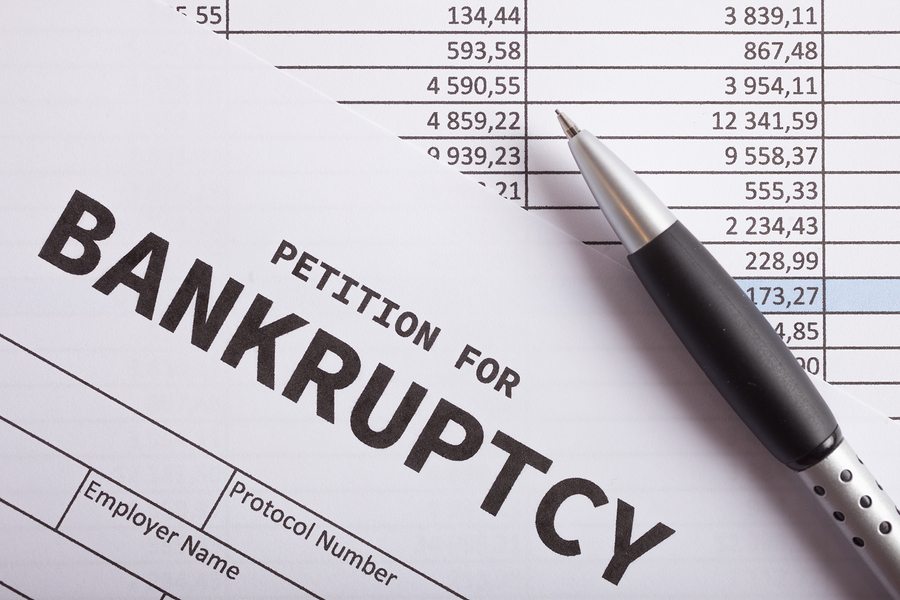While bankruptcy is not necessarily the ideal solution that comes to mind when encountering financial difficulties, it often seems like the only real solution, the last ditch effort for damage control. It is true that bankruptcy can be a helpful tool for getting out of debt, but there are other options you should consider first.
Before you leap off the ledge, take a deep breath, spend some more time to balancing the books and see if strategic payments can you back on your feet.
Tally Debts
Before you take any major steps, make sure you have a clear and accurate idea of where you stand with your debt. Which bills do you still owe? How much do you owe? You need to include all your debts — credit cards, personal loans, mortgage, car payments, overdraft loans — as well as any regular recurring expenses. Are you leasing an apartment? Include this in your tally. Are you paying car insurance every month? Do you have student loans? These should also be accounted for. You need to know the exact total of how much you are trying to pay off before you can make any debt headway.
Evaluate Income
The other financial figures you need to analyze are those related to income. How much money are you bringing in every month? How much comes out of your paycheck for taxes, IRA, health insurance? If you work a straight 40-hour week salaried job, find the average amount you take home each week. If you overshoot your estimation, then you are going to wind up short on your budget. If you underestimate, then you are going to have extra money sitting around in your bank, when it could be paying off debts that are continuing to earn interest. Instead, try to find a number that accurately represents what you have in the bank.
Cash in an Annuity
If you have an annuity that’s collected a hefty amount of cash, think about selling it and getting a lump-sum payment to put toward a large debt like a student loan or mortgage.
Cut Back on Spending
Now that you have a better handle on what you owe and what funds are available, it is time to evaluate your budget and look for places to reduce your spending. You may be able to negotiate with creditors and make partial payments. If you have loans, consider requesting a temporary forbearance status. Even car insurance is one area where you can request a higher deductible in order to lower collision and comprehensive coverage.
Once you’ve minimized your spending, immediately take those funds and put them toward debts. Completing only the first step will keep you stuck in a debt cycle.
Attack High-Interest Debts
People struggling with getting out of debt often assume the biggest balances should be the first bills to go. However, there are other strategies to explore. If you are in a car loan that has zero interest for 60 months and payments are made on time, then it’s probably a good idea to take the full 60 months to pay that down. But if you have credit cards with smaller balances charging you 19, 24 or 29 percent interest every month, that’s going to add up to a lot more, a lot faster. Attack the interest-heavy credit obligations first and save the moderate or fixed interest expenses for later on.
Getting out of debt doesn’t happen overnight. Rather, the process takes discipline and time. Make smart choices today and they may keep you out of bankruptcy tomorrow.
Alanna Ritchie is a content writer for Debt.org, where she writes about personal finance and little smart ways to spend (and save) money. Alanna has an English degree from Rollins College.
Check out the Debt.org blog for the latest personal finance stories.
Balancing the Books and Avoiding Bankruptcy

